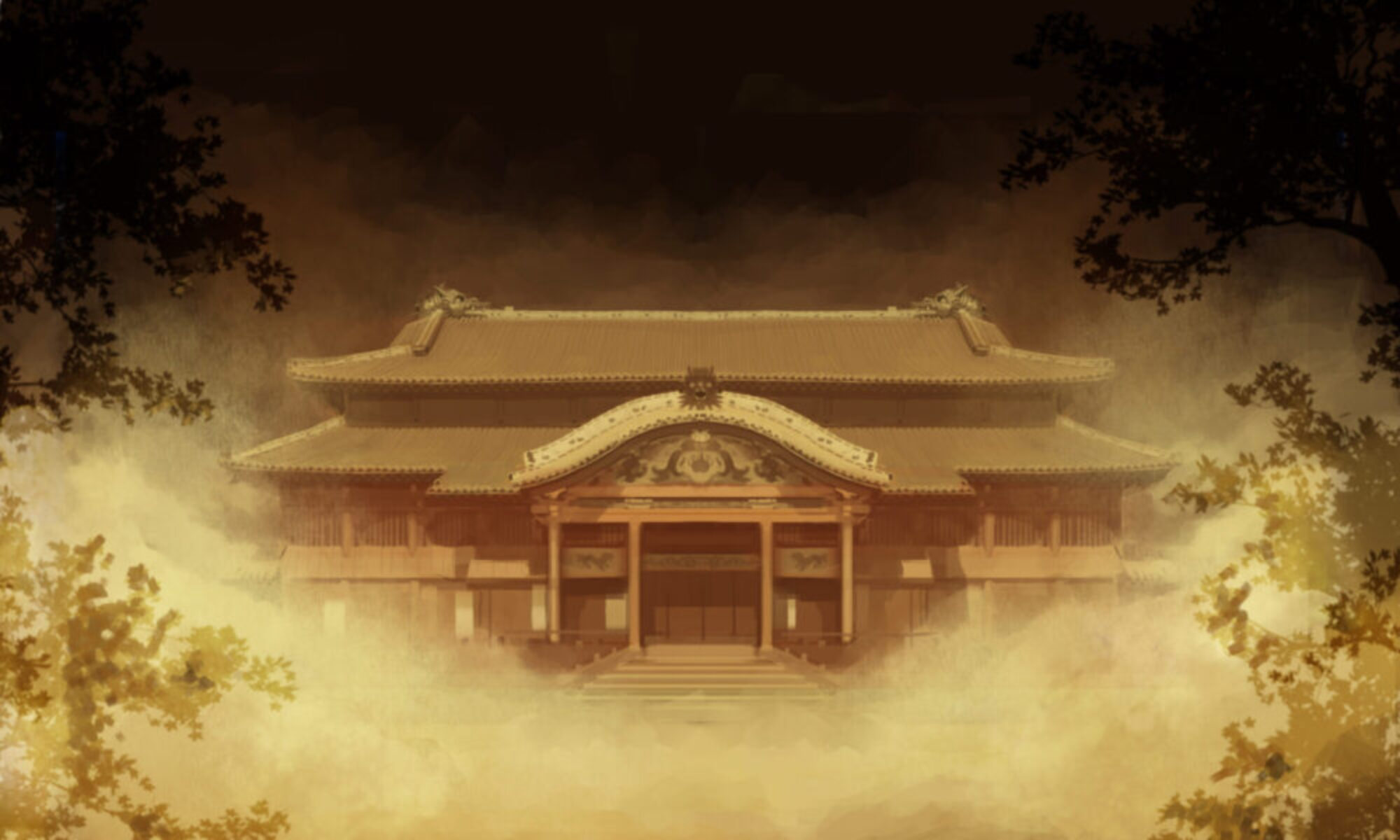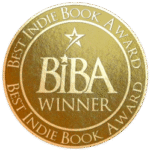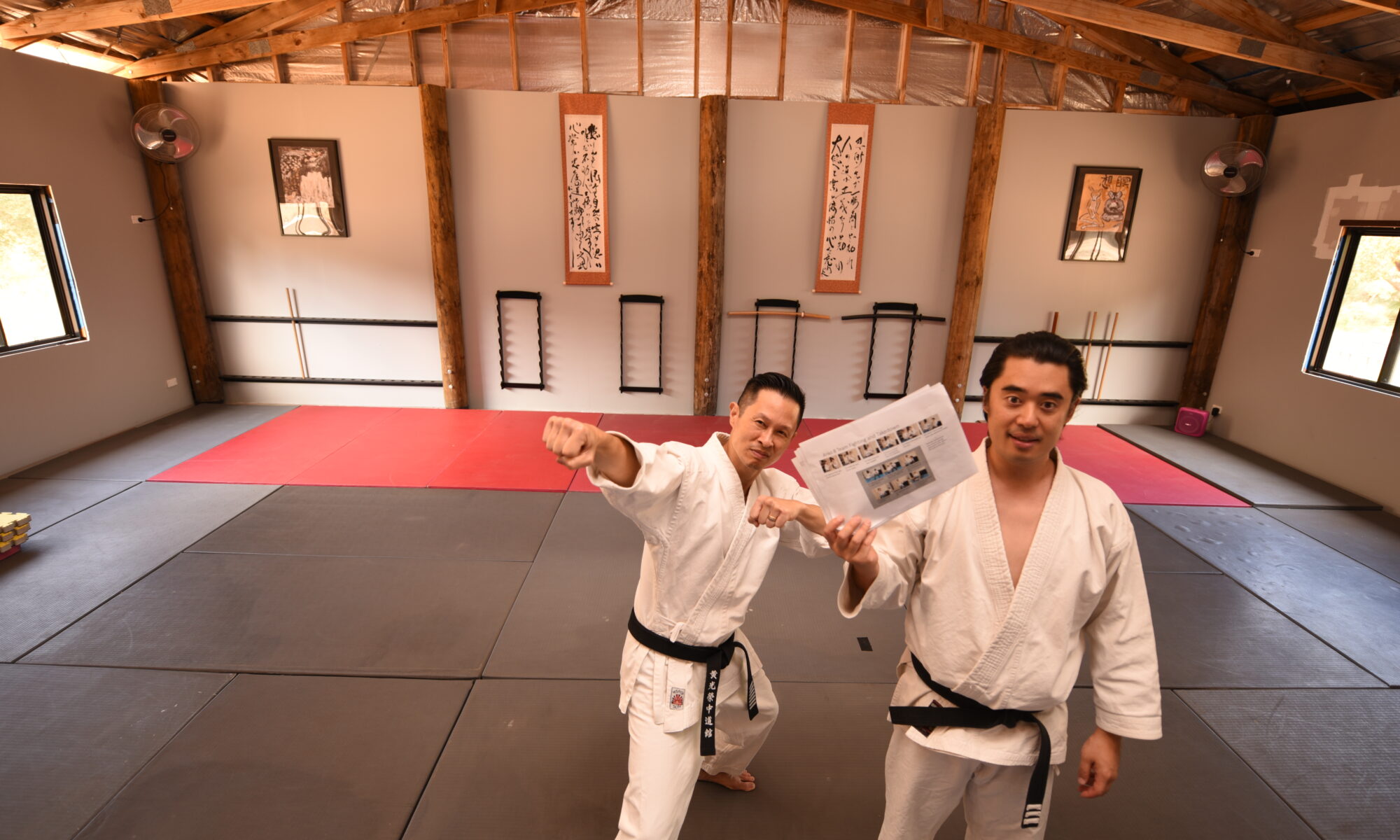This isn’t a typical FAQ. It’s a collection of rants from a martial artist who’s spent decades chasing clarity, not hype. If you’ve got a question or you want to start an argument? Tell me—I might just add it to the list.
Q. What is the martial arts book Breaking Through: The Secrets of Bassai Dai Kata about?
Breaking Through explores the gap between the unscripted, dynamic exchanges that happen in real combat and the static, step-by-step way that hard-style martial arts are usually taught. The book captures the journey my students and I took to bridge that gap, and it shares the insight so other practitioners can do the same.
At the heart of the book is what we call The JDK Method. This method does two things:
- It applies techniques to anticipated attacks while acknowledging the real challenge lies in discerning which attack is actually coming.
- It assumes your opponent will counter or shut down your first initiative — so you must train workarounds until you can adapt smoothly under pressure.
Q. Who is Breaking Through for? Beginners, advanced martial artists, or instructors?
Breaking Through is a martial arts book starting with “the end in mind.” The book provides a high-level perspective often missing from regular martial arts classes. My publisher and good friend actually gave me a 4-star rating on Amazon only because “the study is damn hard and requires much of those who attempt it.” Of course, beginners may still enjoy the insights, but the real value shines for intermediate and advanced martial arts practitioners who have a solid foundation. If you are wanting to go past clichés and popular (but superficial) concepts of what martial arts offers, and you want a book that challenges static interpretations of kata and provides workarounds for opposition, this is the book for you. Read the Reviews.
Q. How does your approach to Bassai Dai differ from traditional karate bunkai?
Traditional application often relies on choreographed drills. For example, defending against a telegraphed, unrealistic attack no real opponent would ever use.
Breaking Through rejects that ‘dumbing down.’ I want to show what we can do if my opponent is trying to knock me out. I want him to throw a punch, pull his hand back, and throw another punch!
It’s time to clear the air of wishful thinking, step up from fundamental beginner training, and look beyond static interpretations of technique. People need to see what realistically can be done with this legacy combative practice.
Q. What is The Lost Scrolls of Ryukyu? Why did you choose to write historical fiction?
No one sets out planning to tell a story this epic. But when kata starts whispering into your ear, you follow the trail!
After publishing Breaking Through and spending years analyzing Bassai Dai, my students and I turned to other kata — Jion, Jitte, Jiin, Bassai Sho, and the Tekki series. But the deeper we dug into Jion, the less it aligned with our expectations. That gap pushed me into research that revealed something extraordinary.
I found myself tracing the life of a man believed to be the architect of the kata, someone who endured destitution after Japan subjugated Ryūkyū. Against all odds, he not only survived but created a new system of training, drew in students from Okinawa’s most affluent families, and eventually shaped the program that spread karate through Okinawan schools and, later, into Japan itself.
This story is bigger than a non-fiction technical manual. It demanded to be told as historical fiction, blending martial arts, history, and human resilience into a narrative that brings characters and their feats to life.
If you’re interested, see how I deal with what is Real and what is Fact.
Q. How does the Lost Scrolls novel connect martial arts with Ryukyu history?
Ryūkyū had a vibrant history that has been overshadowed and whitewashed by Japanese colonial narratives. Before annexation, Ryūkyū thrived as a vassal state of China from the 14th century, which explains the strong Chinese influence on its cuisine, culture, and martial systems.
The novel explores the turning point of Japanese cultural suppression and political upheaval told through the eyes of former Ryūkyū bureaucrats. These were not simple farmers. They were educated officials, skilled in Chinese martial arts, versed in tactics for castle defense, and skilled in politics and strategy.
Their dilemma was profound. The challenge was to preserve their identity under occupation. Martial artists and historical fiction fans will also discover why they needd to strip soft-style tactics to develop a system that would became hard-style karate. This isn’t a decision that could be explained with soundbites. You need to step inside that complex moment and understand their cultural loss, and the martial innovation that emerged from it.
Q. When will The Lost Scrolls book be released, and how can readers stay updated?
The manuscript is in its final stages before heading to the publisher. Once submitted, their production pipeline takes about a year, which means The Lost Scrolls of Ryūkyū is expected to be released around October 2026. If you wish to stay connected, you could put your email down at Beyond the Book(s).
Q. Who is Colin Wee?
I am nobody.
Sure, I’ve got an interesting package of experiences, but that’s what you get when you’ve been around the block a few times.
To be honest, I am the chubby and inflexible child. I am the bespectable and awkward teenager. I am the Star Trek geek. I am the parent who’d lost his job and had to become the house husband. I am the mid 50-something father looking at retirement plans.
I am the person anyone could be if they had pursued this training.
Regular people as part of a larger story! This is what martial arts offers. A chance to be part of living history. That’s what I write for!
For more see Author Bio.
Q. How did your martial arts journey lead to writing books?
I took my training group on a deep dive into Bassai Dai, a kata we practiced relentlessly for years, to the exclusion of other patterns. That single-minded focus is unheard of in most schools. But what we uncovered was extraordinary: logic, tactical clarity, and combative nuance that elevated our training far beyond expectation.
Why are we compelled to do anything?
In the 21st century, we have the luxury of pursuing knowledge to better our collective understanding. Haters be damned. It was during COVID when I completed the manuscript, reached out to publisher GM Mike Swope of Moosul Publishing LLC, and Breaking Through: The Secrets of Bassai Dai Kata is the result. This is a book sharing what we found with others who train for the same purpose.
Q. How do you blend hard and soft styles in your teaching and writing?
‘Hard-style.’ ‘Taekwondo.’ That’s the initial training methodology, isn’t it? But as I sought concepts beyond that initial framework, the distinction between “hard” and “soft” began to blur.
Many people don’t understand the difference. “Hard” is training that prioritises linear, accelerative techniques and blitz tactics. “Soft” looks at disrupting an opponent’s center of gravity, manipulating structure, and exploiting balance.
In both my teaching and writing, I explore how structure creates power, how adaptability can emerge from fixed pattern sets, and how recovery from failure can be embedded into our fundamentals. It’s about finding what works when the situation is dynamic and unpredictable.
The real focus is of course on unscripted opposition. That’s what we train for, isn’t it? That is certainly what they trained for. Not defining what we are by what we are not.
Q. How can readers connect with you online or invite you to speak?
Connect with me through the posts at Colin Wee: Breaking Through FB Page or at Goodreads which allows you to ask questions, start a discussion or just say hello.
Still curious? You’re the kind of person I write for!


